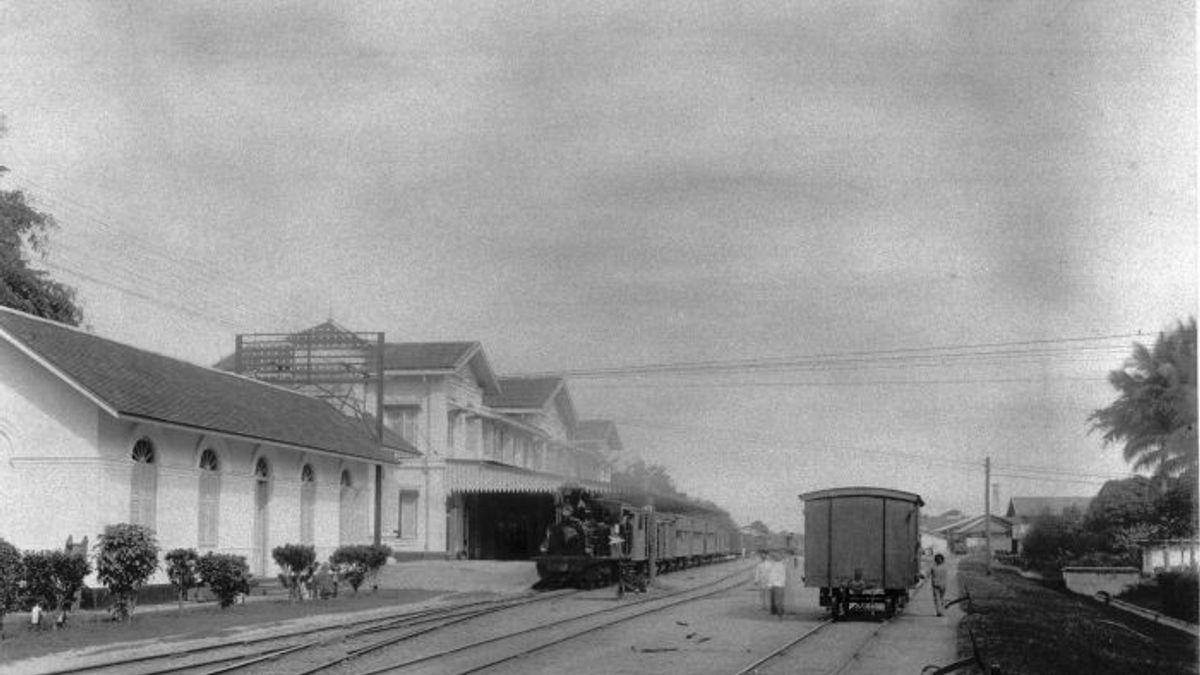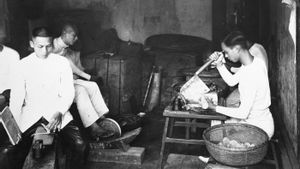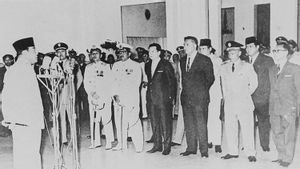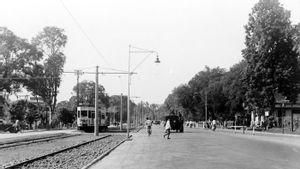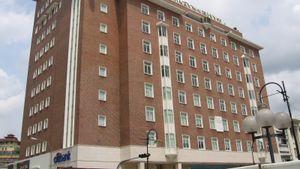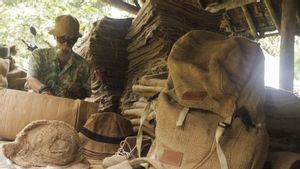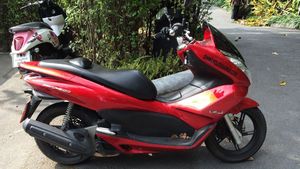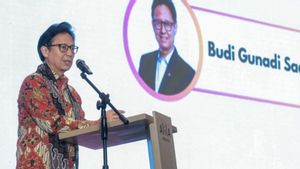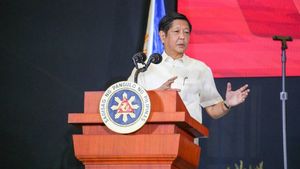JAKARTA - Today 140 years ago, March 21, 1882, the Dutch East Indies colonial government inaugurated the Bogor-Sukabumi railway line. The inauguration was carried out by the state-owned company Staatsspoorwegen (SS). The lure of abundant profits is behind it. The presence of a new railway line for the Netherlands can shorten the delivery time of export commodities. The Netherlands also made a big profit. Therefore, the presence of the Bogor-Sukabumi route is considered a symbol of the progress of the times.
Cultivation was the most decisive period in the Dutch colonization of the archipelago. The Dutch exploited the natives like dairy cows from 1830-1870. They are forced to grow export-quality crops. These include sugar cane, coffee, cloves, cinnamon, pepper, rice, sugar, and tobacco.
All these commodities are able to promise profits for the Netherlands. Moreover, the Dutch deliberately involved the priyayi to oversee the continuation of the forced cultivation system. The priyayi were promised abundant profits from their task of extorting the sweat of their own nation. In other words, they act more Dutch than native Dutch.

The colonial government itself was also not to be expected. They don't want to care about the fate of the bumiputras. The only thing they thought about was sheer profit. Because, thanks to forced cultivation, the Dutch were rich and able to pay off their debts. In the period 1831-1837, the colonial government had sent as many as 832 million guilders.
The number is increasing year by year. After that, the Dutch used the money from forced cultivation to build ports, industrial centers, and most importantly build railroads. Mass transportation was considered by them as an instrument capable of presenting abundant profits since its presence in 1864.
“Actually, it took 25 years, after the king's first railway decree for the Dutch East Indies to build the first 25 kilometers of iron rail in the colony, and it took another ten years to build the next 300 kilometers. Everything in Java. With heavy and slow steps, not as comfortably as Kopiist Magazine suggested, the train in the Dutch East Indies finally appeared.”

“In 1882, in the words of a special commission of the learned Indisch Genootschap, trains and 'small train tracks,' i.e. trams, also in the Dutch East Indies, proved to be the most useful of the present inventions, the most admirable victory by man over time and distance, the most powerful incentive for hard work, the exchange of values, and civilization,” says Rudolf Mrázek in the book Engineers of Happy Land: Perkembangan Teknologi dan Nasionalisme di Sebuah Koloni (2006).
After that, efforts to bring trains to all corners of the country were carried out massively. The Dutch East Indies government through the umbrella company Staatsspoorwegen (SS) began to open many lines of trains. The Bogor-Sukabumi railway line is one of them.
The presence of this route not only promises big profits, but can also be an effective mass transportation. It was also easier for people in the Dutch East Indies to travel outside the region. Moreover, the distance is relatively short, compared to using traditional transportation such as horse-drawn carriages and so on.

“Economic growth and the problem of the welfare of the indigenous population are only related to infrastructure projects. For example, the expansion of the rail and tram network. In 1867, the railroad network throughout the Dutch East Indies only reached a length of about 25 kilometers.”
“And in 1873 it was only about 260 kilometers. But after that, there was a very rapid development. In 1930, the railway and tram network had reached a length of 7,425 kilometers,” concluded historian MC Ricklefs in the book Sejarah Indonesia Modern 1200-2008 (2008).
*Read other information about TODAY'S HISTORY or read other interesting articles from Detha Arya Tifada.
VOIR éGALEMENT:
The English, Chinese, Japanese, Arabic, and French versions are automatically generated by the AI. So there may still be inaccuracies in translating, please always see Indonesian as our main language. (system supported by DigitalSiber.id)
